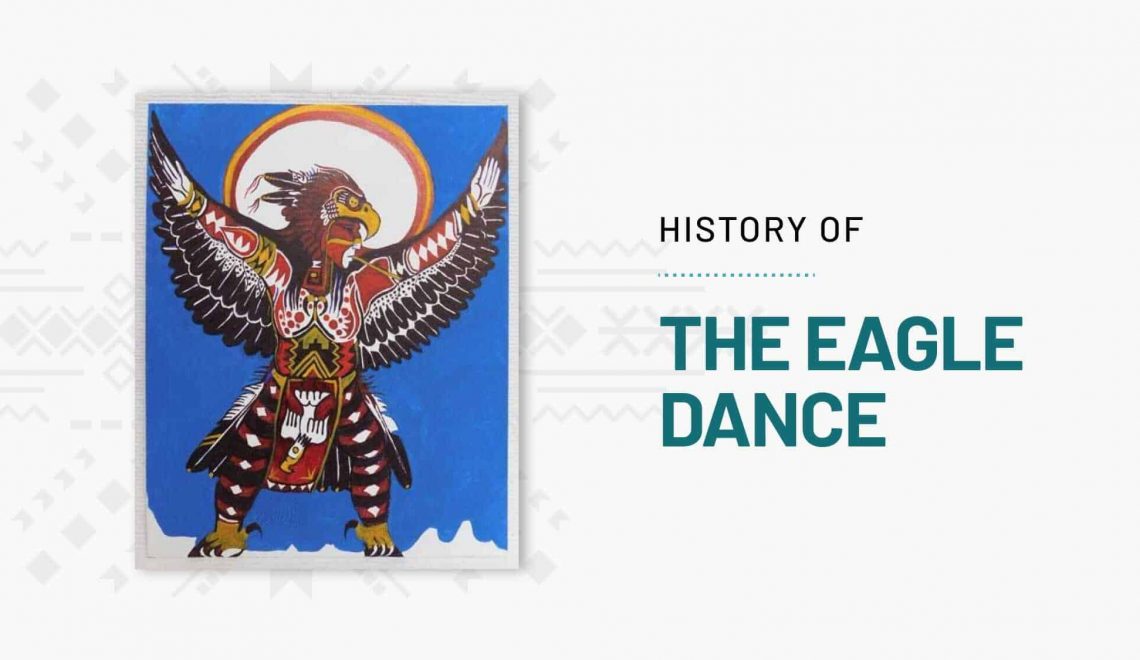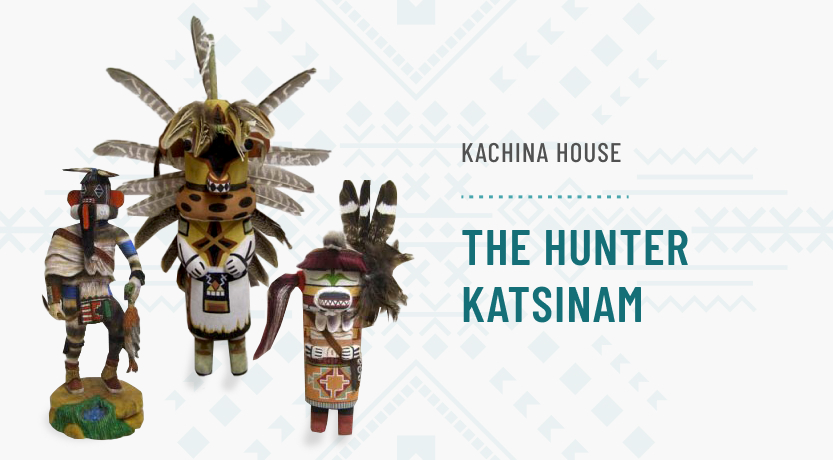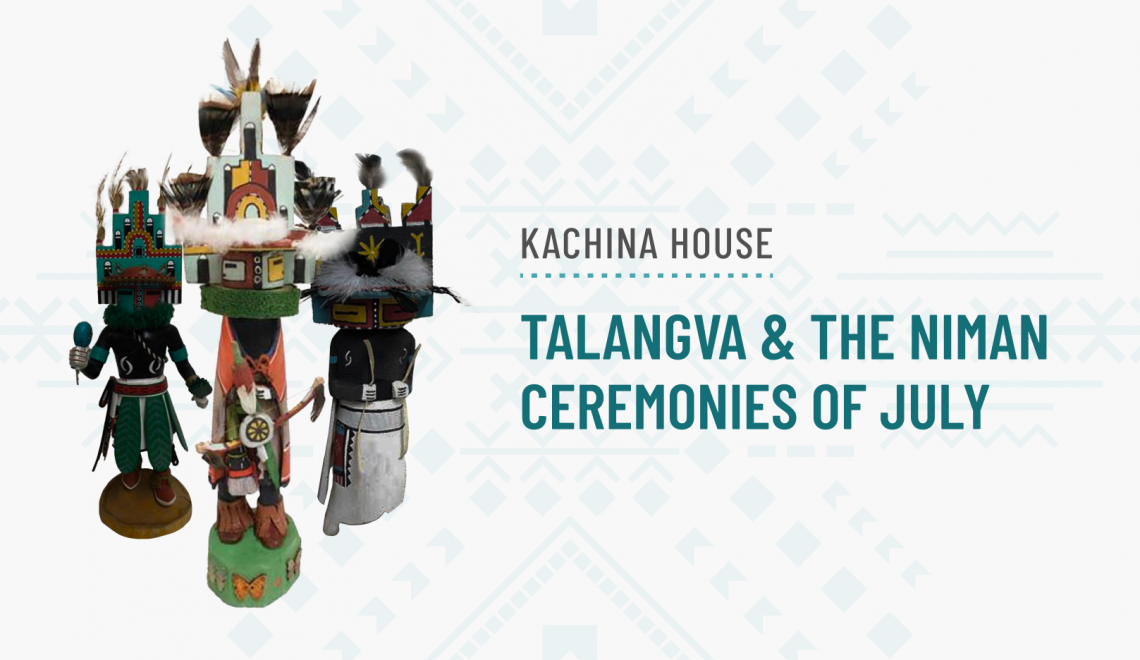
Although the eagle is often associated with the United States in general, it is more frequently associated with Native American culture.
Eagles are the focus of many Native American legends and play a large role in many spiritually-based ceremonies among different tribes.
Here at Kachina House, we offer a variety of different products that represent the “Eagle Dance.” The eagle dance is an extremely popular spiritual dance that is frequently performed among the Hopi and other Pueblo tribes as well as non-Puebloan people. This dance played a vital role in the rich history of many Native American cultures.
Native American tribes started performing the “eagle dance” as they believed that the eagle could soar between heaven and earth because of how high it can fly.
Native American tribes believed that eagles had supernatural powers; the ability to carry messages to the gods, and the ability to control weather such as rain.
The eagle was considered powerful among tribes and was often admired and worshiped as a “god” would be.
This dance is meant to represent and replicate the movements of an eagle when it is flying or hunting. It is meant to represent an eagle’s life from birth to death.
The tribe often wears clothes or garments that replicate the coloring and appearance of an eagle, including large and extravagant feathers.
The dance consists of various songs and dances that are performed one after the other. Two dancers perform the movements of the eagle in the center of the circle and other dancers provide singing and drumming.
However, the dance has no set “method,” and varies from tribe to tribe.
The eagle dance is performed when tribes seek help of a higher power or are in need of divine intervention. The tribes perform the dance in the hope of curing illness, asking for rain, winning a battle, and much more.
Many tribes still perform this dance to keep the history alive.
Visit Kachina House for various products that represent this historical dance and the people that perform it.





are there any ceremonies between now and the end of
April that outsiders are allowed to watch
I do not believe the ceremonies for outsiders start until May…you can check with the cultural center on second mesa
http://www.hopiculturalcenter.com/contact/
There is a form there to fill out for information or call them at
(928) 734-2401
Ask for Marilyn June (General Manager)
Good luck and thanks for asking!
Kachina House